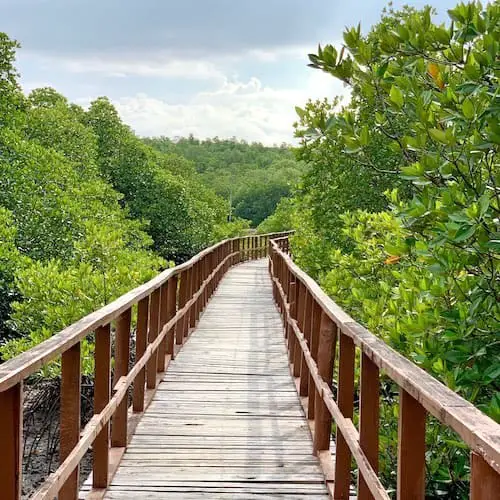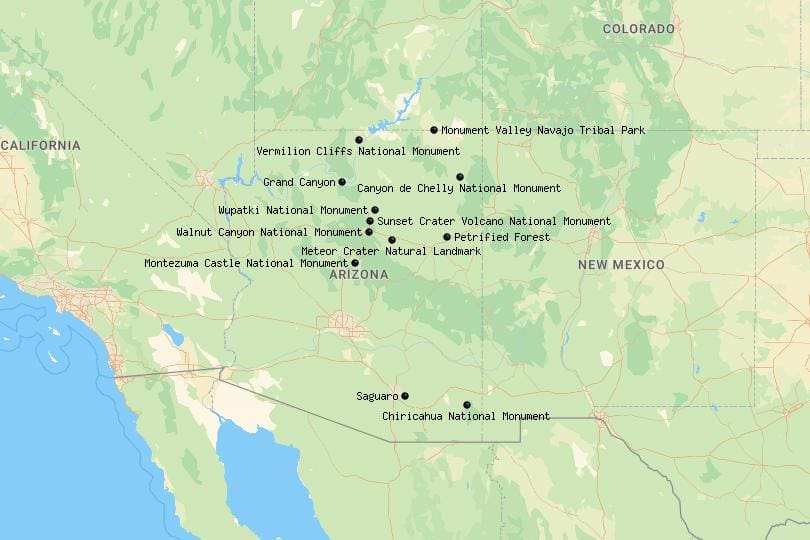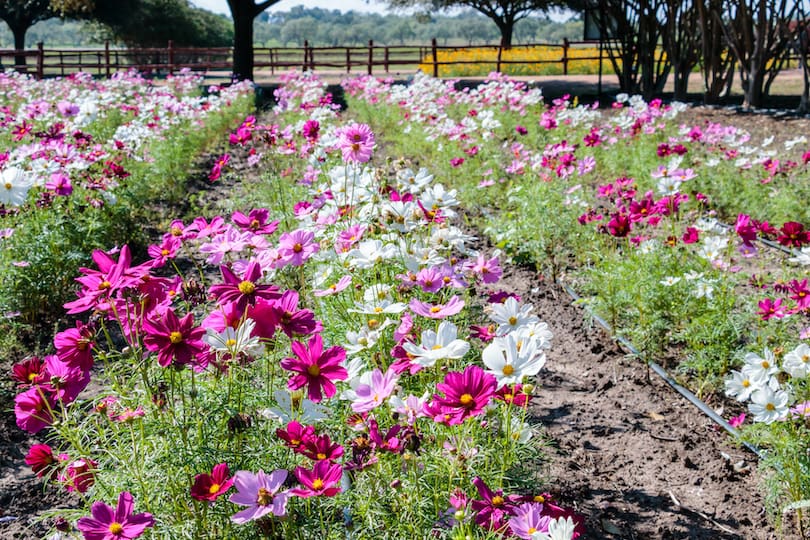Located in the western part of Arunachal Pradesh, Eaglenest Wildlife Sanctuary is a natural paradise that is home to an incredible variety of flora and fauna. Spread across an area of 218 square kilometers, the sanctuary is situated at an altitude of 500 to 3200 meters above sea level and is known for its rich biodiversity and stunning landscapes.
Here’s a complete guide to Eaglenest Wildlife Sanctuary:
Flora and Fauna Eaglenest Wildlife Sanctuary is known for its rich biodiversity, with over 450 species of birds, 47 species of mammals, and countless species of insects, reptiles, and amphibians. The sanctuary is home to several rare and endangered species, including the white-winged wood duck, the Bengal tiger, the Asiatic black bear, the clouded leopard, and the red panda.
The sanctuary is also known for its diverse flora, with a range of vegetation types that include tropical, subtropical, and temperate forests. Some of the common tree species found here include oak, rhododendron, bamboo, and magnolia.
Best time to visit The best time to visit Eaglenest Wildlife Sanctuary is between November and April when the weather is dry and the forest is at its most vibrant. The monsoon season, which runs from June to September, can make trekking and wildlife spotting difficult due to heavy rainfall.
Things to do
- Birdwatching: Eaglenest Wildlife Sanctuary is a haven for birdwatchers, with over 450 species of birds recorded in the area. Some of the most sought-after species include the Bugun Liocichla, Ward’s Trogon, and the Beautiful Nuthatch.
- Wildlife spotting: The sanctuary is home to several rare and endangered species, including the white-winged wood duck, the Bengal tiger, the Asiatic black bear, the clouded leopard, and the red panda. Visitors can go on guided treks through the forest to spot these elusive creatures.
- Trekking: The sanctuary offers several trekking routes of varying difficulty levels. The most popular trekking routes include the Lama Camp trek, the Eagle’s Nest trek, and the Bompu Camp trek.
- Camping: There are several camping sites within the sanctuary where visitors can set up tents and spend the night under the stars.
How to reach Eaglenest Wildlife Sanctuary is located about 350 kilometers from Guwahati, the nearest major city. The sanctuary is accessible by road, and visitors can hire a taxi or take a bus from Guwahati to reach the sanctuary. The nearest airport and railway station are both located in Tezpur, which is about 200 kilometers from the sanctuary.
Tips for visitors
- Visitors are advised to wear comfortable trekking shoes and carry warm clothing as the weather can be unpredictable in the sanctuary.
- It is recommended to go on guided treks with a local guide who is familiar with the area and can help identify the flora and fauna.
- Visitors are not allowed to enter the sanctuary without a permit, which can be obtained from the forest department office in Tenga.
FAQs Q: Is Eaglenest Wildlife Sanctuary safe for visitors? A: Yes, Eaglenest Wildlife Sanctuary is safe for visitors, but it is recommended to go on guided treks with a local guide who is familiar with the area and can ensure your safety.
Q: What is the best time to visit Eaglenest Wildlife Sanctuary? A: The best time to visit Eaglenest Wildlife Sanctuary is between November and April when the weather is dry and the forest is at its most vibrant.
Q. What kind of wildlife can be spotted in Eaglenest Wildlife Sanctuary? A. Eaglenest Wildlife Sanctuary is home to a diverse range of wildlife including birds, mammals, and reptiles. Some of the commonly spotted animals include tigers, leopards, elephants, and hornbills.
Conclusion: Eaglenest Wildlife Sanctuary is a hidden gem in the northeastern region of India, offering a unique opportunity to explore the diverse wildlife and natural beauty of the area. Visitors must follow the rules and regulations set by the Forest Department and respect the wildlife and their habitat.















